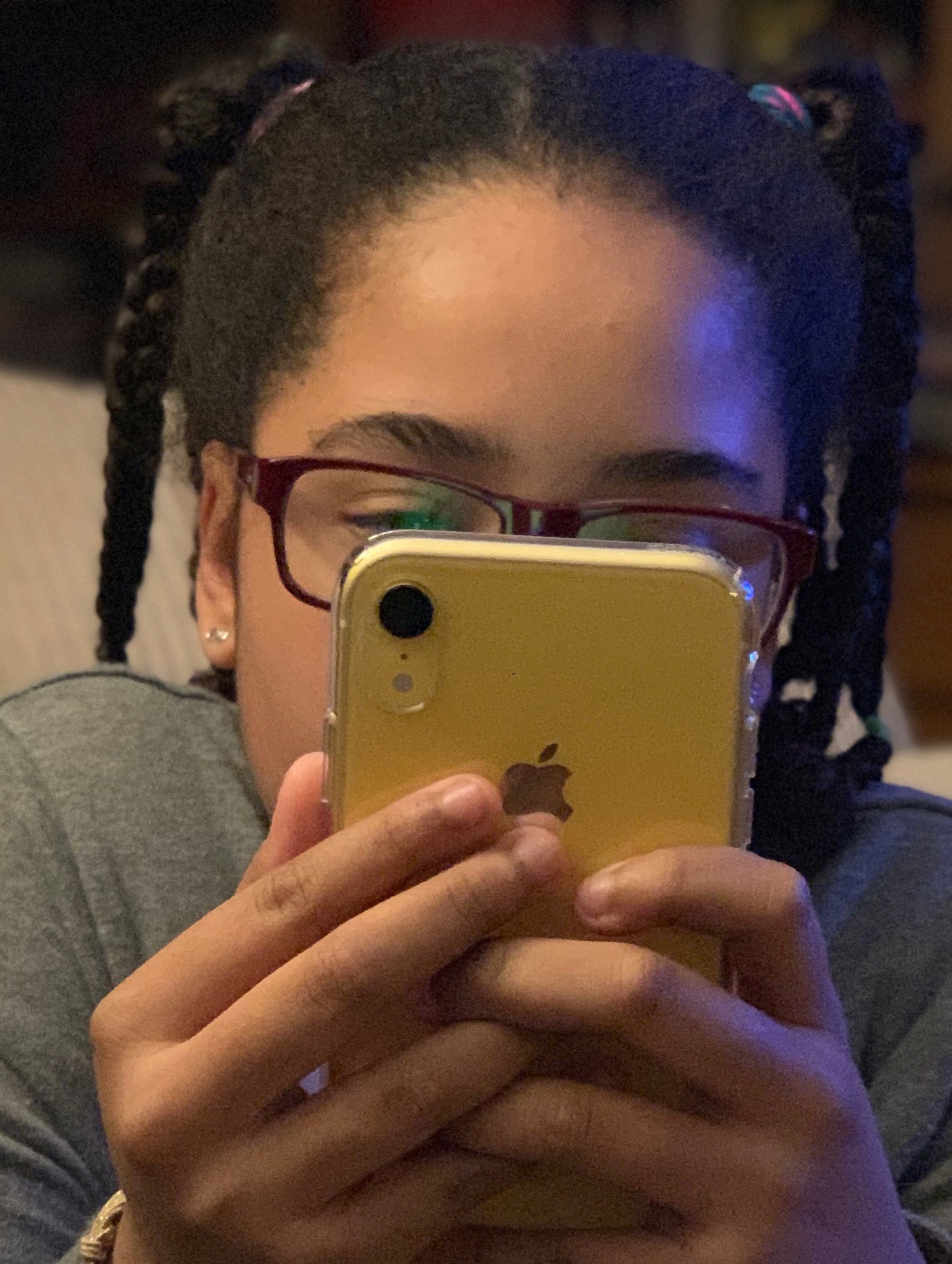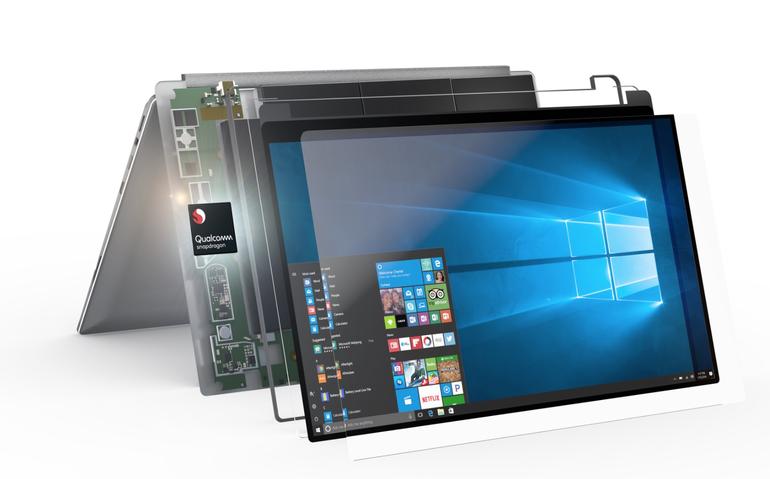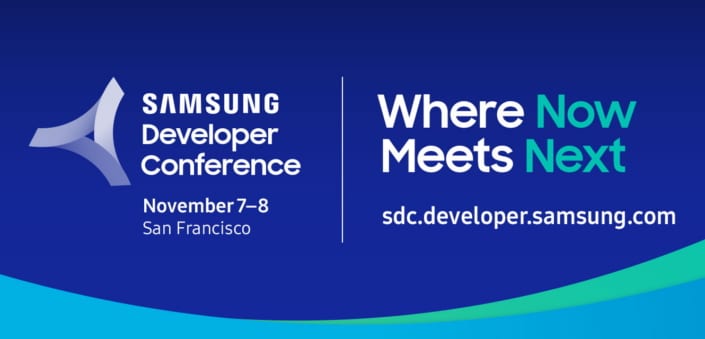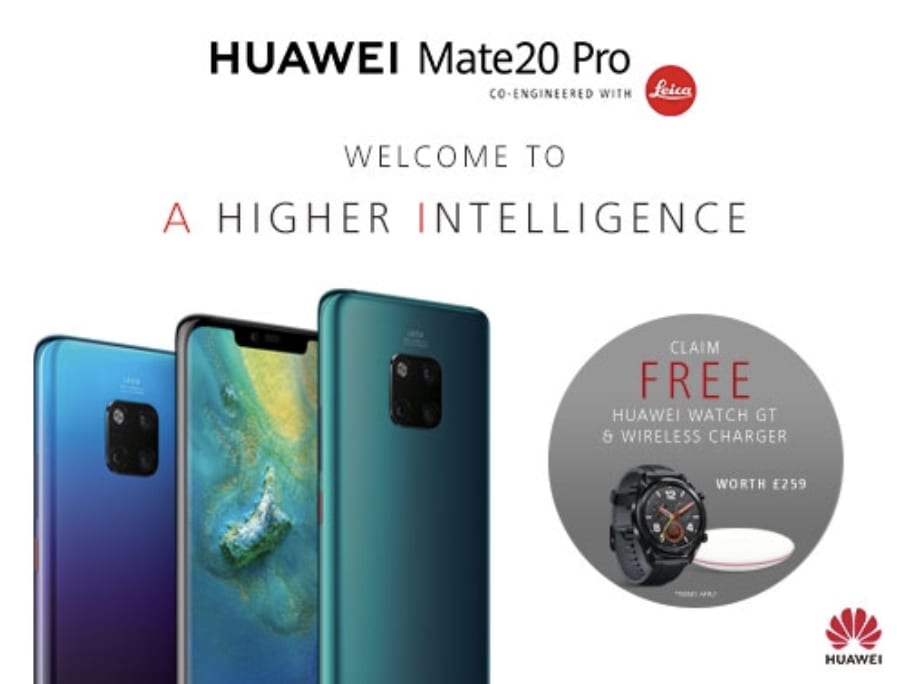Last Thursday evening, Facebook’s CEO, Mark Zuckerberg, published an op-ed in the Wall Street Journal in which he tried to explain “The Facts About Facebook” focusing specifically on the advertising and data privacy aspect of the business.
There is a lot I found patronizing and self-serving in what Zuckerberg wrote starting with his choice of having his piece aimed at clarifying things for the general public published behind a pay-wall. It seems to me this was more aimed at Washington than Mr. or Mrs. Smith trying to figure out where those ads for an air-fryer are coming from.
Many of the points Zuckerberg makes have been heard before either during his Washington visit in front of Congress or on his apology and commitment posts on his Facebook page. I will only touch on the ones that to me, as a Facebook user, are the most aggravating ones.
“I was not trying to build a global company”
I do not doubt for a minute, that when Zuckerberg started Facebook in his college dorm, he had no plans to turn it into a global company. I do think, however, that he wanted for it to be successful which means he knew it would need scale and because of that some thoughts on future influence might have been advisable. I also think that what Zuckerberg set out to achieve has little relevance when the reality of today is that Facebook is a global company. More importantly, Facebook is a worldwide platform with enormous influence on how people see the world and connect, and this is what Zuckerberg and its leadership team must address.
With success comes responsibility and accountability. Zuckerberg is responsible for what happens on his platform, and he must be held accountable. We heard apologies, but we have seen little evidence that the vast impact Facebook has on its users’ lives is calling its leaders to change their modus operandi.
“Everybody should have a voice and be able to connect”
Facebook is free because everybody should have a voice and a way to connect. Well, first of all, I would say that Facebook is as free as inkjet printers are cheap. You do not pay for Facebook the same way you do not pay much for inkjet printers, but boy those cartridges cost a pretty penny.
With Facebook, the currency is our data. Data that Facebook does not sell, Zuckerberg made that very clear and I am confident people understand that. But they also know that the data is at the core of Facebook’s business model and they are unclear of the extent that information is used. Zuckerberg claims that this data is a price that most of us are willing to pay to have more targeted ads. This seemed a bit of a stretch when most of the 1000 Americans consumers we, at Creative Strategies, interviewed at the time of the Cambridge Analytica incident were either very concerned (36%) or somewhat concerned (41%) about Facebook’s privacy practice.
The reality is that there are other ways to effectively target ads than to collect so much personal information about a user. Yet, switching the current model to a subscription service to rely less on advertising is too much of a gamble. Our data showed that only 2% of the panel was interested in paying and another 5% would do so if monthly payments were less than $5. And this was in the US where average income level if high compared to some of the emerging markets where Facebook is extremely popular like India or Brazil.
“Transparency, choice and control”
“You have control over what information we use to show you ads, and you can block any advertiser from reaching you.” This is the second part of Zuckerberg’s argument that I find condescending. We want better ads, but if we do not, we are in charge of the data tap and can turn it off when we want.
I find fascinating how Zuckerberg flips the accountability on us freeing himself. The fact that finding all the knobs and levers to turn to change setting is impossible coupled by the fact that an understanding of the complex business model Facebook operates are two points that never come up. I would also add that making the service free allows it to reach users who might just be not tech savvy enough to understand all the knobs and levers.
Transparency, choice, and control are all smoke and mirrors. The recent announcement of a plan to integrate the three messaging services – WhatsApp, Instagram, and Messenger – will only create more undefined boundaries despite the initial promise of an encrypted service.
Not a Charity Business
Zuckerberg concludes his op-ed with this:
“For us, technology has always been about putting power in the hands of as many people as possible. If you believe in a world where everyone gets an opportunity to use their voice and an equal chance to be heard, where anyone can start a business from scratch, then it’s important to build technology that serves everyone. That’s the world we’re building for every day, and our business model makes it possible.”
You really would think Facebook’s business model should be preserved as the best philanthropic exercise ever where equal voice and opportunity are at the core. But when both good and evil have a voice and equal opportunity, it is hard to see how things could just run smoothly. Repeating the same story over and over will not make it turn true, and users have started to show their patience is running thin.
Zuckerberg could have admitted that Facebook got too big for its own good, he could have also recognized that the leadership needed time to figure out a course of action and he could have broken things down to truly put us in the driving seat. Instead one of the first things Zuckerberg did when governments around the world started scrutinizing his business was to hire a new Head of Comms, UK politician Nick Clegg, to do damage control. Not a move that fills me with confidence on Facebook’s intention to seriously reevaluating their business model and the platform shortfalls. The recent discovery by TechCrunch that Facebook through a third part has been paying teenagers to access their phone data bypassing iOS rules by using an enterprise certificate for the VPN shows how hungry Facebook is for your data. The fact that these are teenagers is even more disturbing.


















